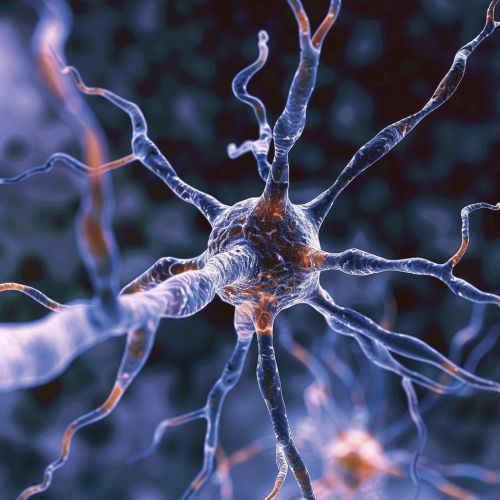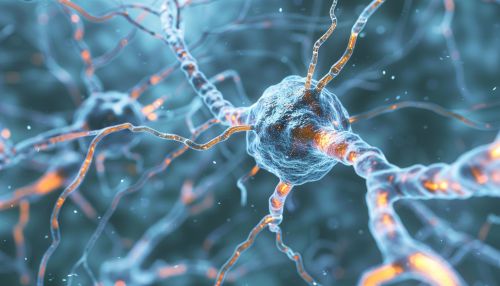Neuronal Polarity
Introduction
Neuronal polarity is a fundamental property of neurons that enables them to function correctly within the nervous system. This polarity is characterized by the differentiation of the neuron into two distinct regions: the axon, which typically conducts electrical impulses away from the neuron's cell body, and the dendrites, which receive signals from other neurons. This article will delve into the complex processes that govern the establishment and maintenance of neuronal polarity, and the implications for neurological function and disease.


Molecular Mechanisms of Neuronal Polarity
The establishment of neuronal polarity is a complex process that involves a multitude of molecular mechanisms. One of the key players in this process is the protein kinase family of enzymes, which phosphorylate other proteins to alter their function. In particular, the protein kinase C (PKC) family has been implicated in the establishment of neuronal polarity.
Another important group of molecules involved in neuronal polarity are the G proteins. These proteins are involved in signal transduction, and their activation can lead to changes in the actin and microtubule cytoskeletons, which are crucial for the establishment and maintenance of neuronal polarity.
Role of the Cytoskeleton in Neuronal Polarity
The cytoskeleton plays a crucial role in the establishment and maintenance of neuronal polarity. It provides the structural framework that allows the neuron to maintain its shape and enables the transport of materials within the neuron. The cytoskeleton is composed of three main types of protein filaments: microtubules, actin filaments, and intermediate filaments.
Microtubules are crucial for the establishment of neuronal polarity. They form a network within the neuron that allows for the transport of materials from the cell body to the axon and dendrites. This transport is facilitated by motor proteins, such as kinesin and dynein, which move along the microtubules carrying their cargo.
Neuronal Polarity and Neurological Diseases
Disruptions in neuronal polarity can lead to a variety of neurological diseases. For example, mutations in genes that regulate neuronal polarity have been linked to Alzheimer's disease, schizophrenia, and autism. In these diseases, the normal functioning of neurons is disrupted, leading to a variety of symptoms.
Conclusion
Neuronal polarity is a fundamental aspect of neuronal function, and disruptions in this process can lead to a variety of neurological diseases. Understanding the molecular mechanisms that underlie the establishment and maintenance of neuronal polarity is crucial for the development of treatments for these diseases.
